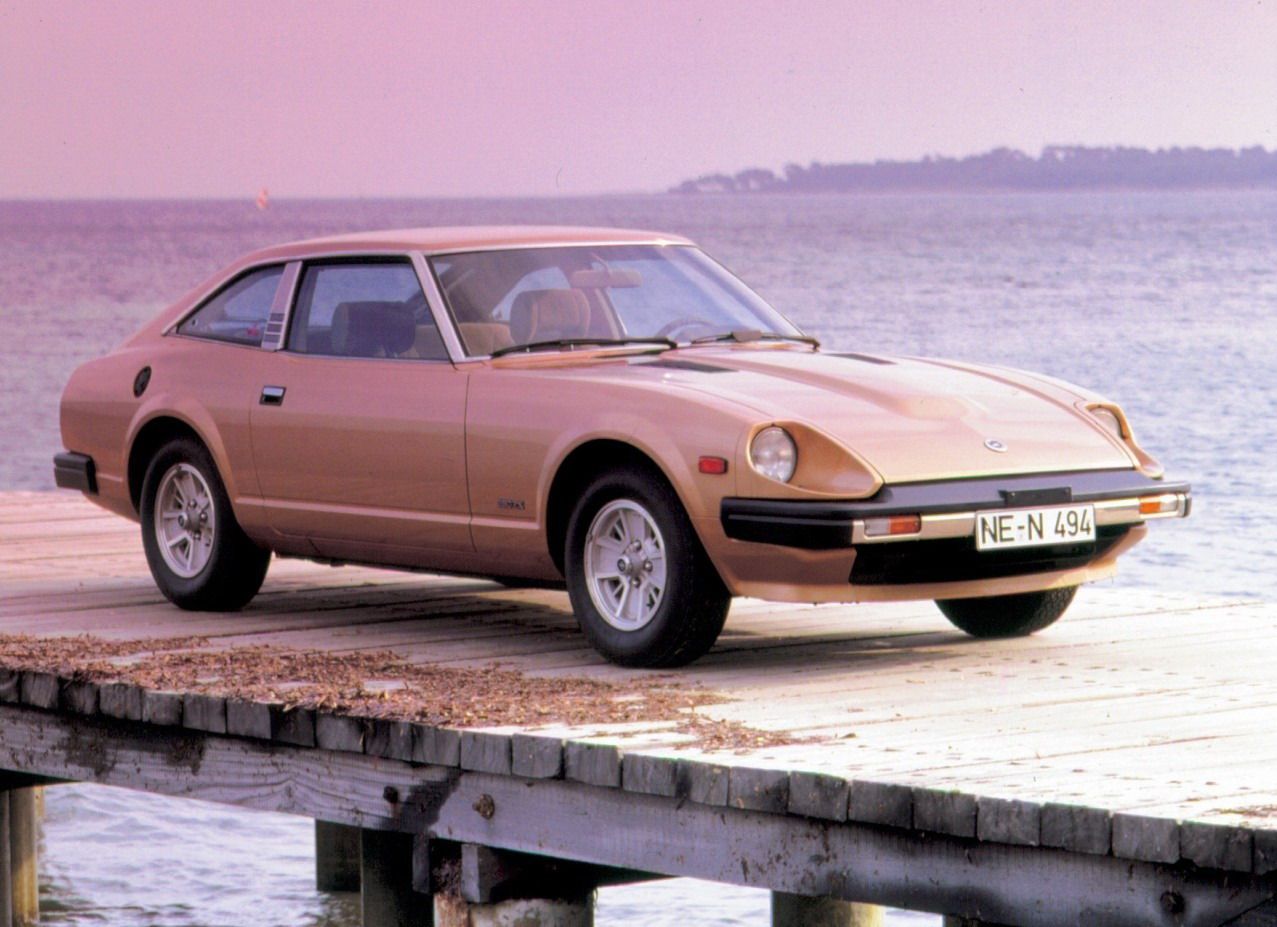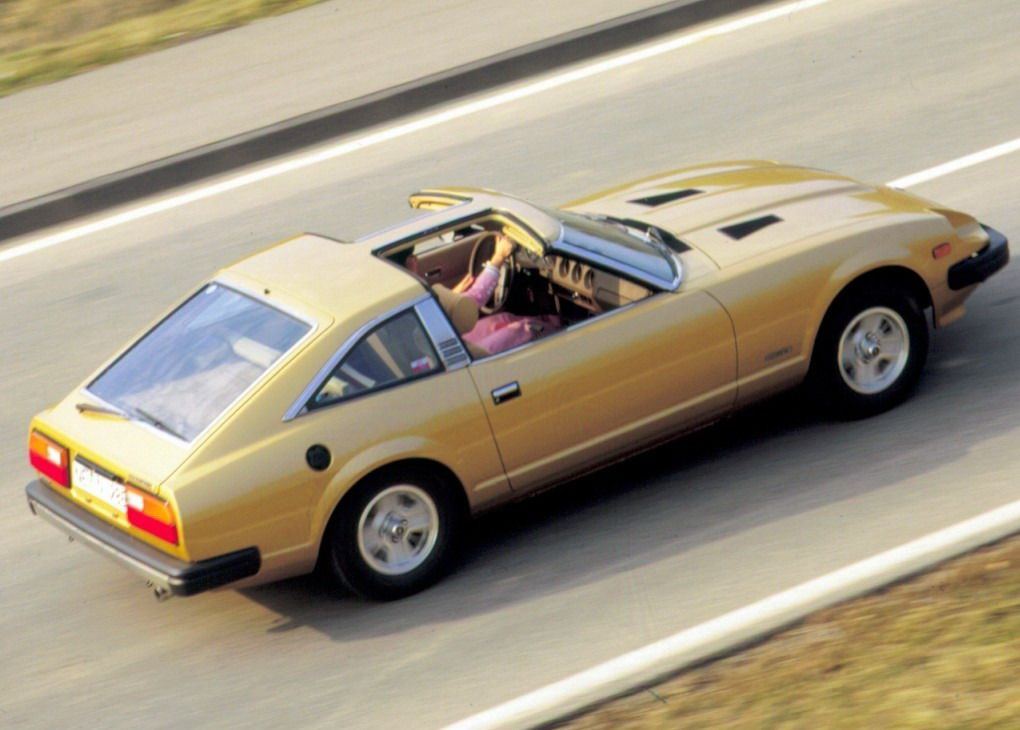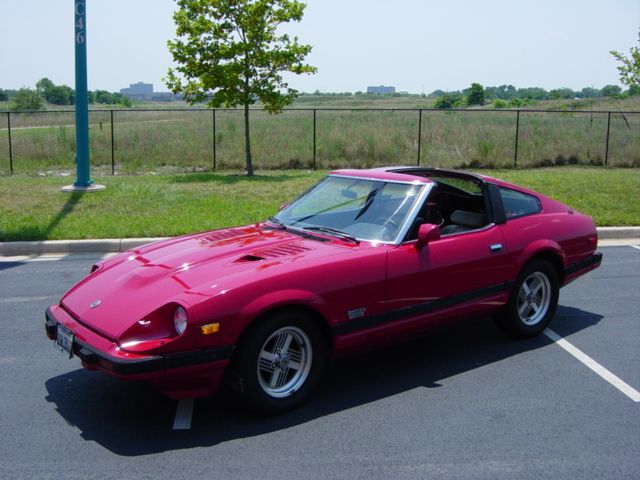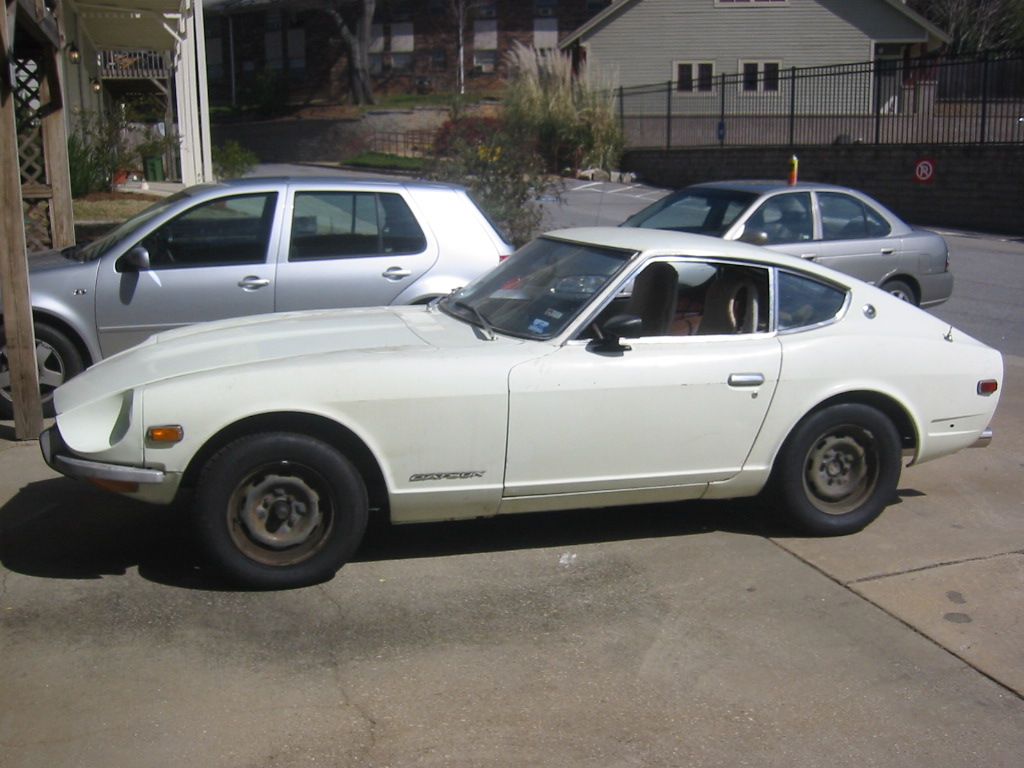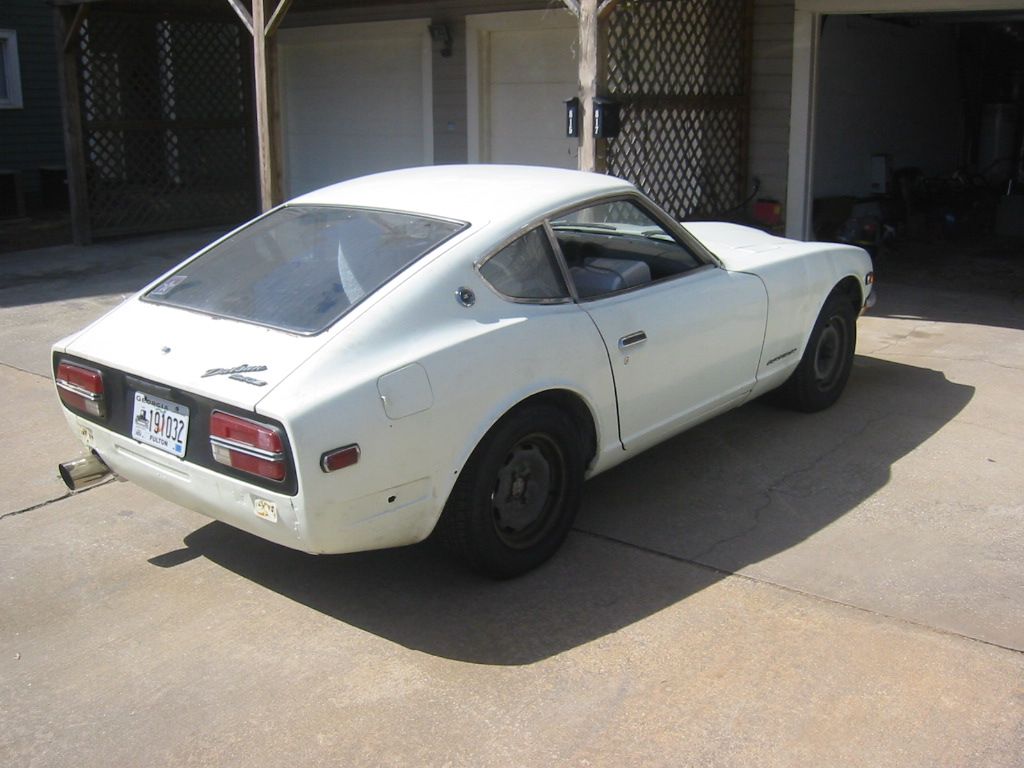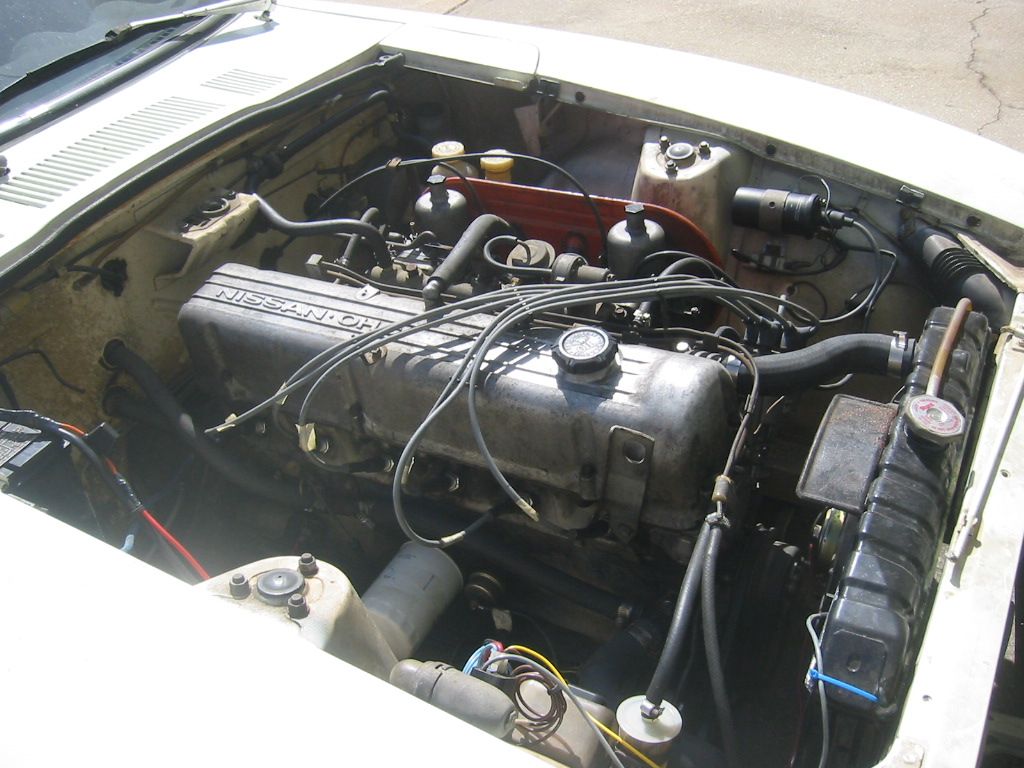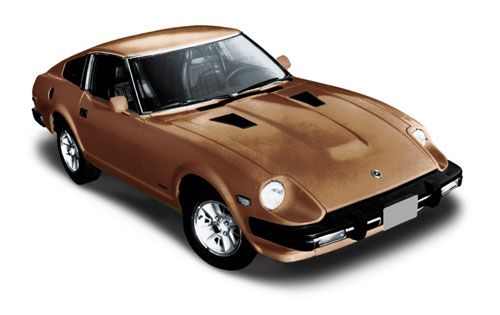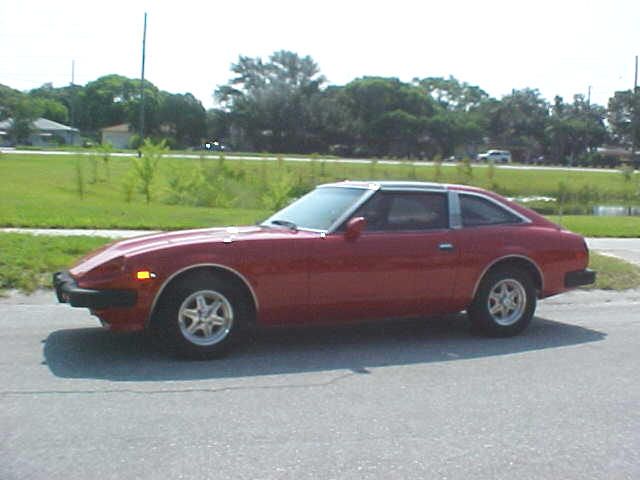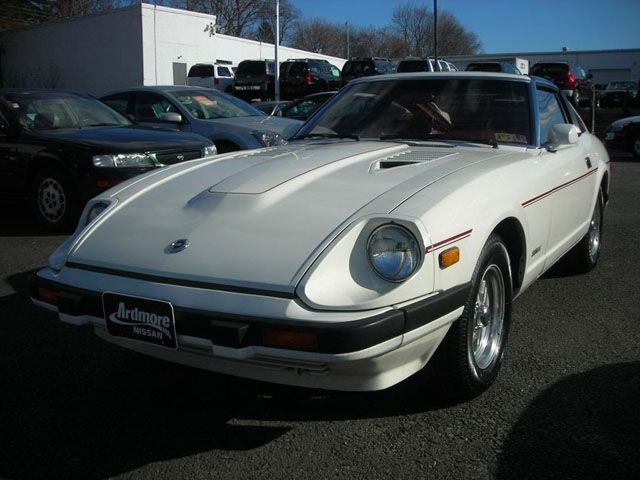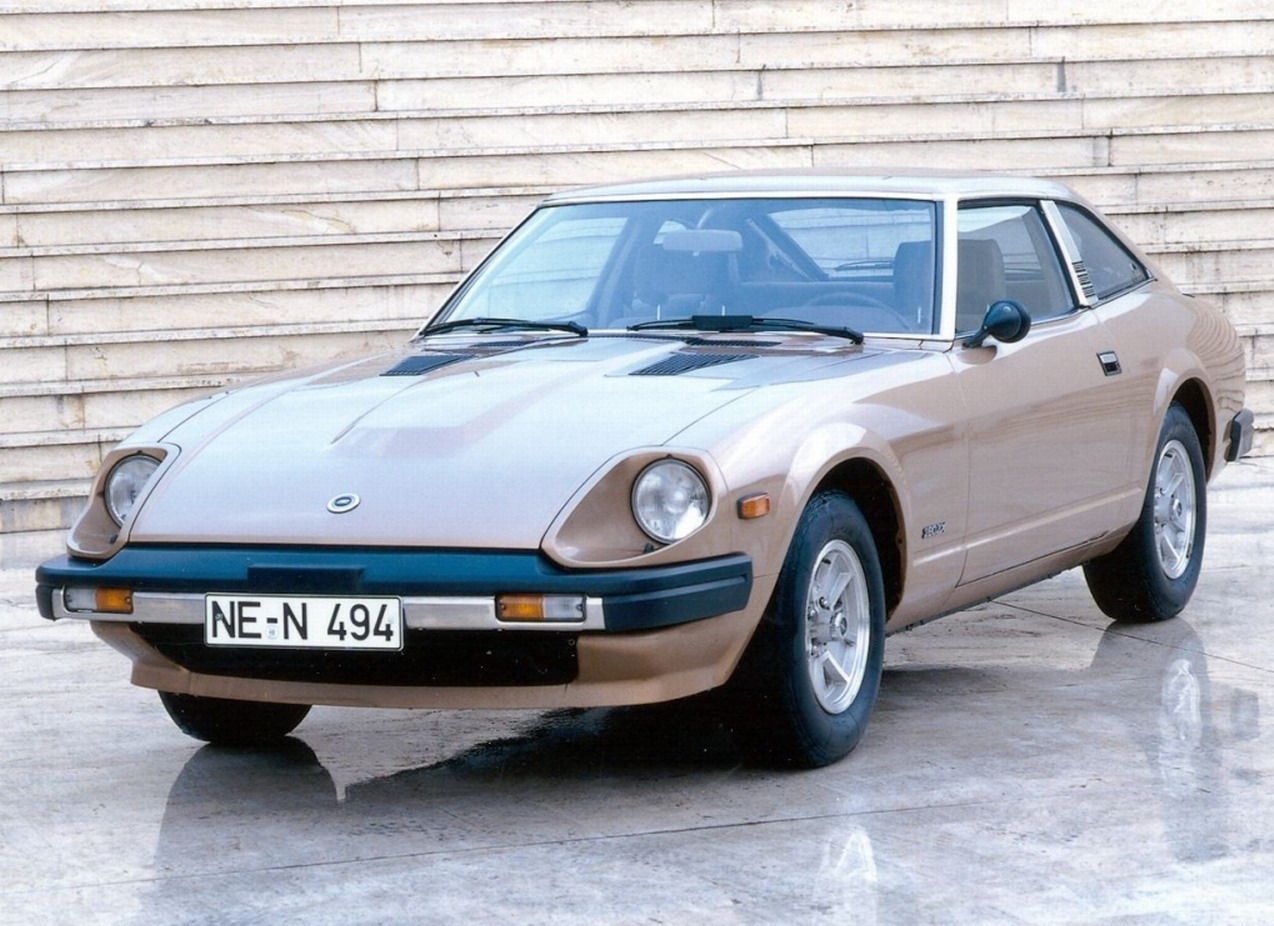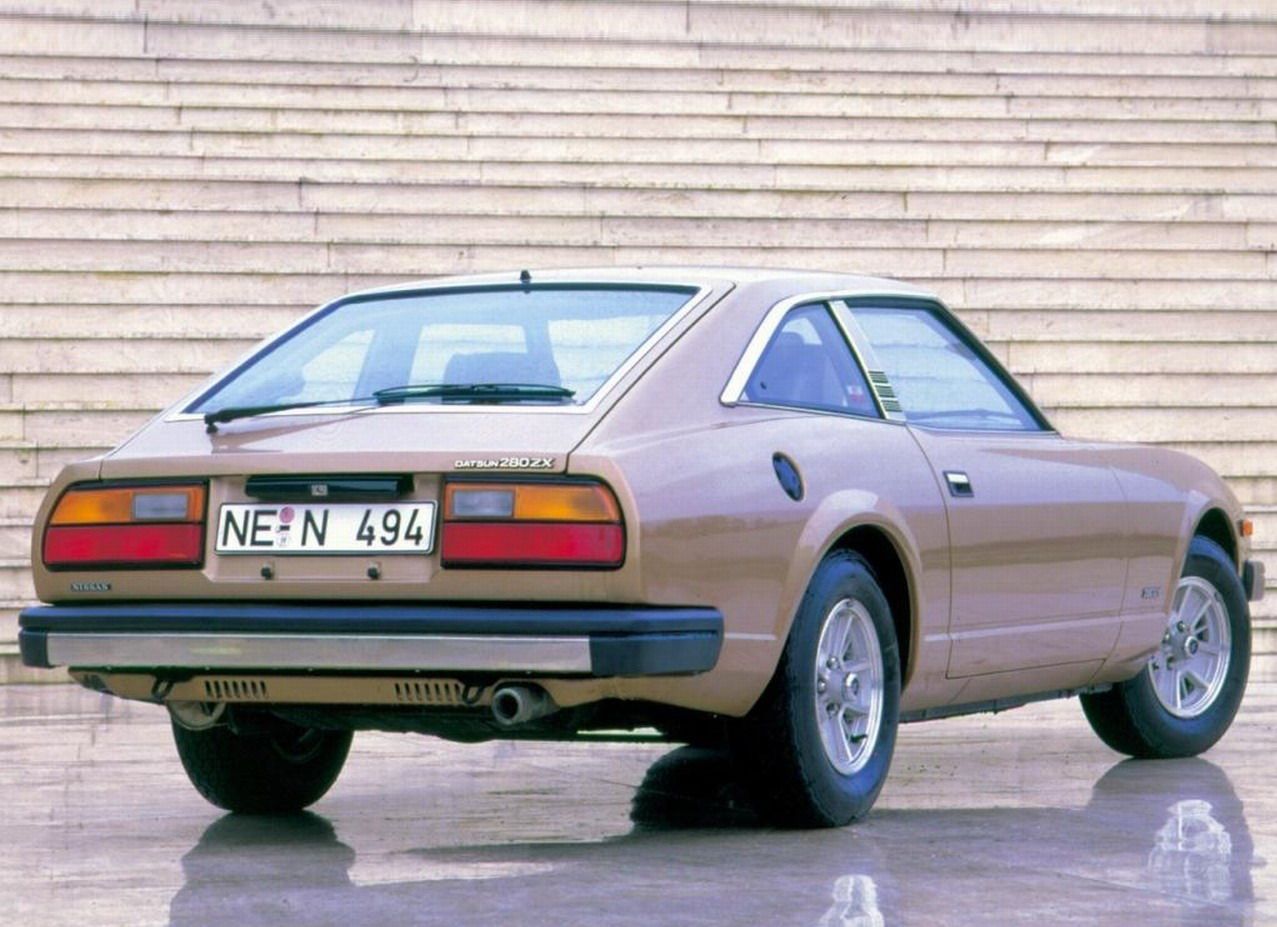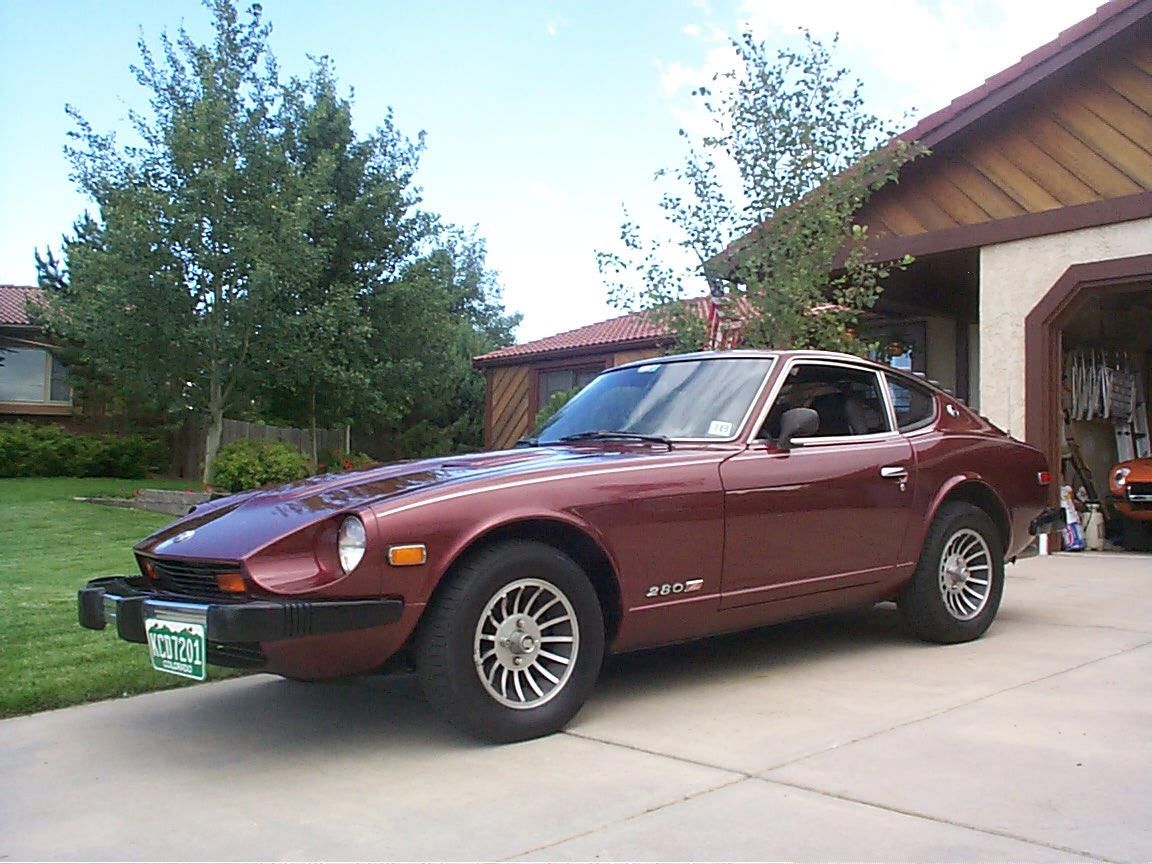Let’s make a little review on the Z-cars first series. It was launched in 1970 and included the 240Z, 260Z and 280Z models. Today is time to move forward and talk about the second series, unveiled in 1979. Compared to the first series, the second only had one model, the 280ZX, offered in both 2-seater and 2+2-seated. The 280ZX was more refined and luxurious than the previous Z models. Also the new Z-car series was a success on the American market (in 1980 more than 500.000 units have been sold). The 280ZX compete with Porsche 924, Chevrolet Corvette and Toyota Supra.
1979 - 1983 Nissan Z-Car
- Make: Array
- Model: 1979 - 1983 Nissan Z-Car
- [do not use] Vehicle Model: Array
The 280ZX replaced the 280Z on the American market. It was bigger, heavier, flabbier, gaudily decorated and less fun than the 280Z it replaced. Actually there were voices saying that the 280ZX is a coupe version of the rear-drive 810 four-door sedan. 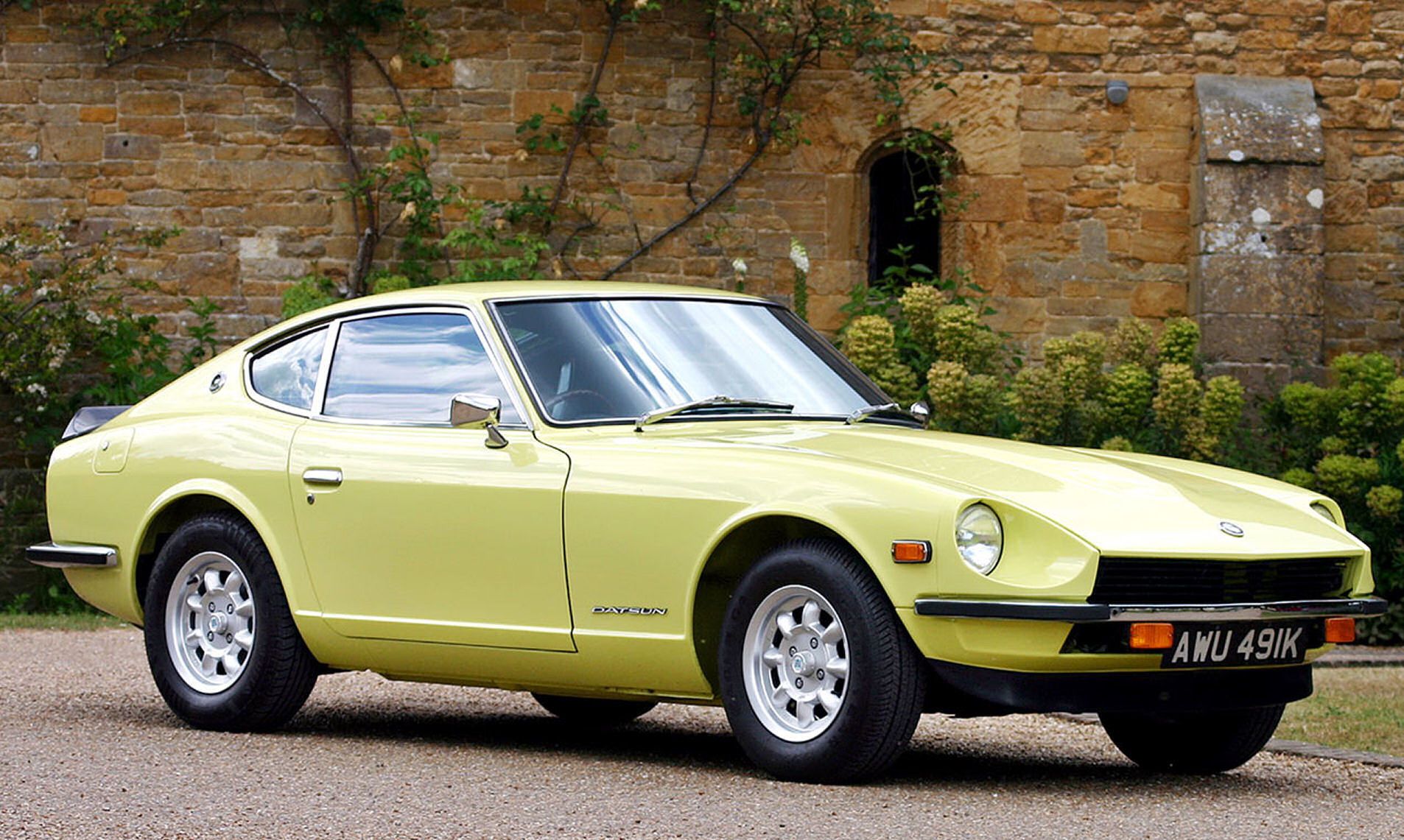 In 1970 there was an oil crisis, and as a result Nissan needed to find solution to improve fuel economy, emissions, and aerodynamics of the model.
In 1970 there was an oil crisis, and as a result Nissan needed to find solution to improve fuel economy, emissions, and aerodynamics of the model.
Outside, the 280ZX retained the same proportions of the first series Z-cars, but the two seated version was an inch longer overall and a full 3 inches wider. As a result the interior got bigger.
The 280ZX was built on Nissan 510's platform and suspension comprised of McPherson struts in the front and an independent rear trailing arm.
On its first year after launch the 280ZX was powered by a 2.8 liter inline-6 engine with an output of 145 hp at 5200 rpm and a peak torque of 144 lbs-ft at 4400 rpm. It made the 0 to 60 mph sprint in 9.3 seconds and had a top speed of 121 mph. 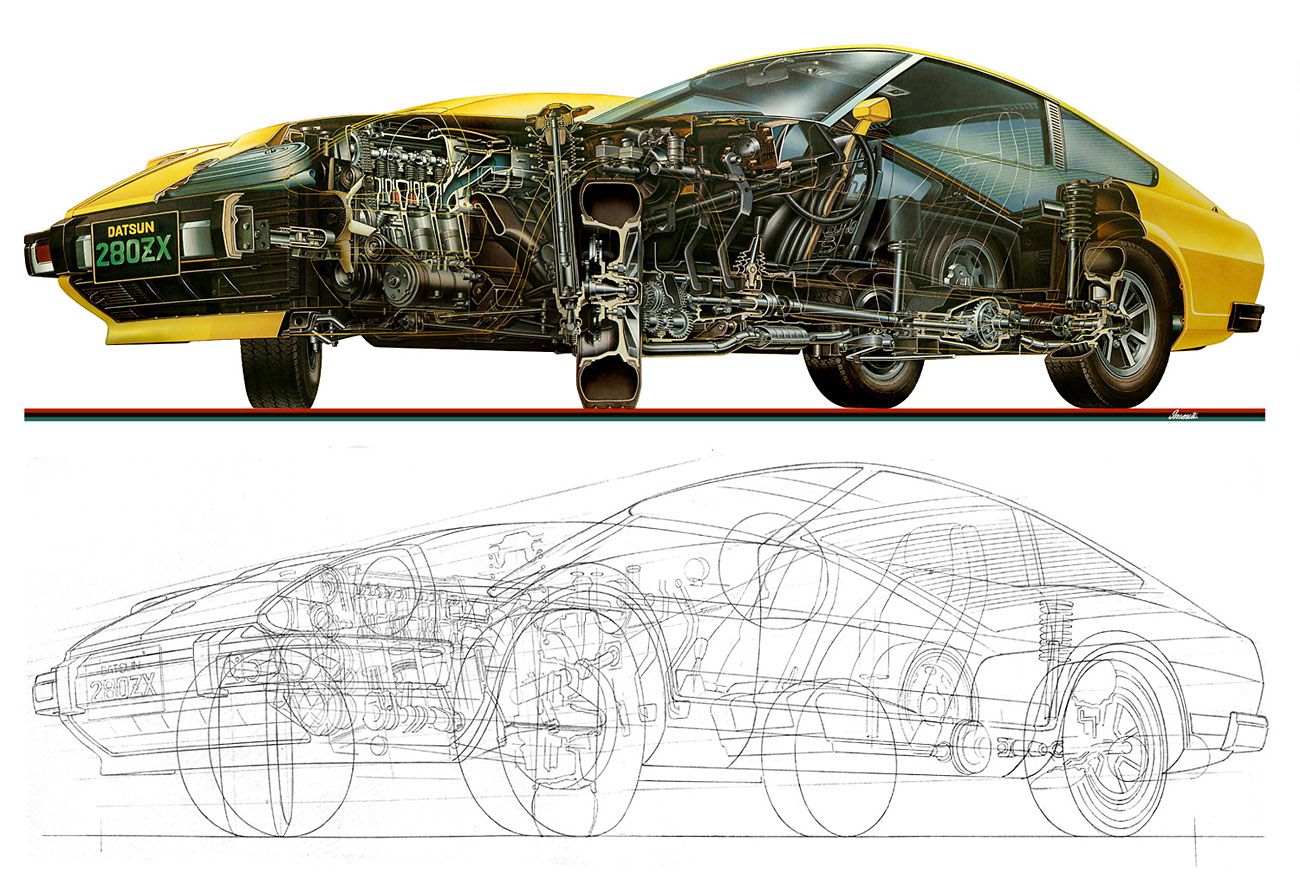 The difference between the 280ZX and the old models is that to Nissan adopted the SAE net standard of power measurement, which resulted in lower power ratings. But the company decided that the sacrifice will be made, and they lower the output for an for improved fuel economy.
The difference between the 280ZX and the old models is that to Nissan adopted the SAE net standard of power measurement, which resulted in lower power ratings. But the company decided that the sacrifice will be made, and they lower the output for an for improved fuel economy.
Specifications
-
Engine SOHC Inline-6
-
Displacement 2753 CC
-
Compression Ratio 8.3:1
-
Fuel System Multi-Point Electronic Fuel Injection
-
Horsepower (SAE) 135 BHP @5,200 RPM
-
Torque 144 FT-Lbs @4,400 RPM
-
Curb Weight 2,825 Lbs
-
Length 174.0 IN
-
(2+2) 181.9 IN
-
Wheelbase 91.3 IN
-
(2+2) 99.2 IN
-
0-60 MPH 9.2 Sec
-----
1980
For 1980 the there was no power improvement. The only difference was that now the 280ZX (both 2-seater and 2+2) was available with a T-bar roof that could be removed and stored in bags in the rear of the car.
Also the 1980 was an anniversary year for the Z-Cars series. To commemorate Nissan offered 3000 units "10th Anniversary" limited edition. They were offered in black/gold or black/red two-tone paint and they featured leather seating, and other special trim features.
1981
The first changes came in 1981 when Nissan offered a turbocharged model. The 280ZX Turbo (offered only as a 2-seated coupe) had a Garrett compressor blowing 7.3 psi of boost into the 2.8-liter six to bring total output up 180 hp. The performances of the car have been improved as a result. The 0 to 60 mph sprint was now made in 7 seconds and the quarter mile time was 15 seconds. The turbocharged 280ZX was offered only with 3-speed automatic gearbox.
1982-1983
280ZX saw its first facelift in 1982; also the turbocharged engine was now offered also on the 2+2 model. The 1982 280ZX featured some tweaks to the bumper trim, the taillights were redesigned and power steering was now standard across the line.
Turbocharged models were now offered with a 5-speed manual transmission next to the 3-speed automatic one from the previous year.
In 1983 Nissan continued to change the design of the car. The 280ZX now featured wider tires, some tweaks to the upholstery and optional digital instruments.
This was the last year for the 280ZX, as next year Nissan replaced it with the 300 ZX, the first model from the third generation.
Conclusion
A step forward to the future of Nissan sports cars, the 280ZX impressed the American market in the ‘80s, in the same way the 240Z did almost ten years ago. As a result Nissan had record sells on this model (500.000 only in one year). Starting with a lower output (145 hp) the car evolved and got better by the years (180 hp for the turbocharged models). A true sports car of that time, the 280ZX could easily compete with any other sports car from the market all over the world (Porsche, Corvette or Toyota).

